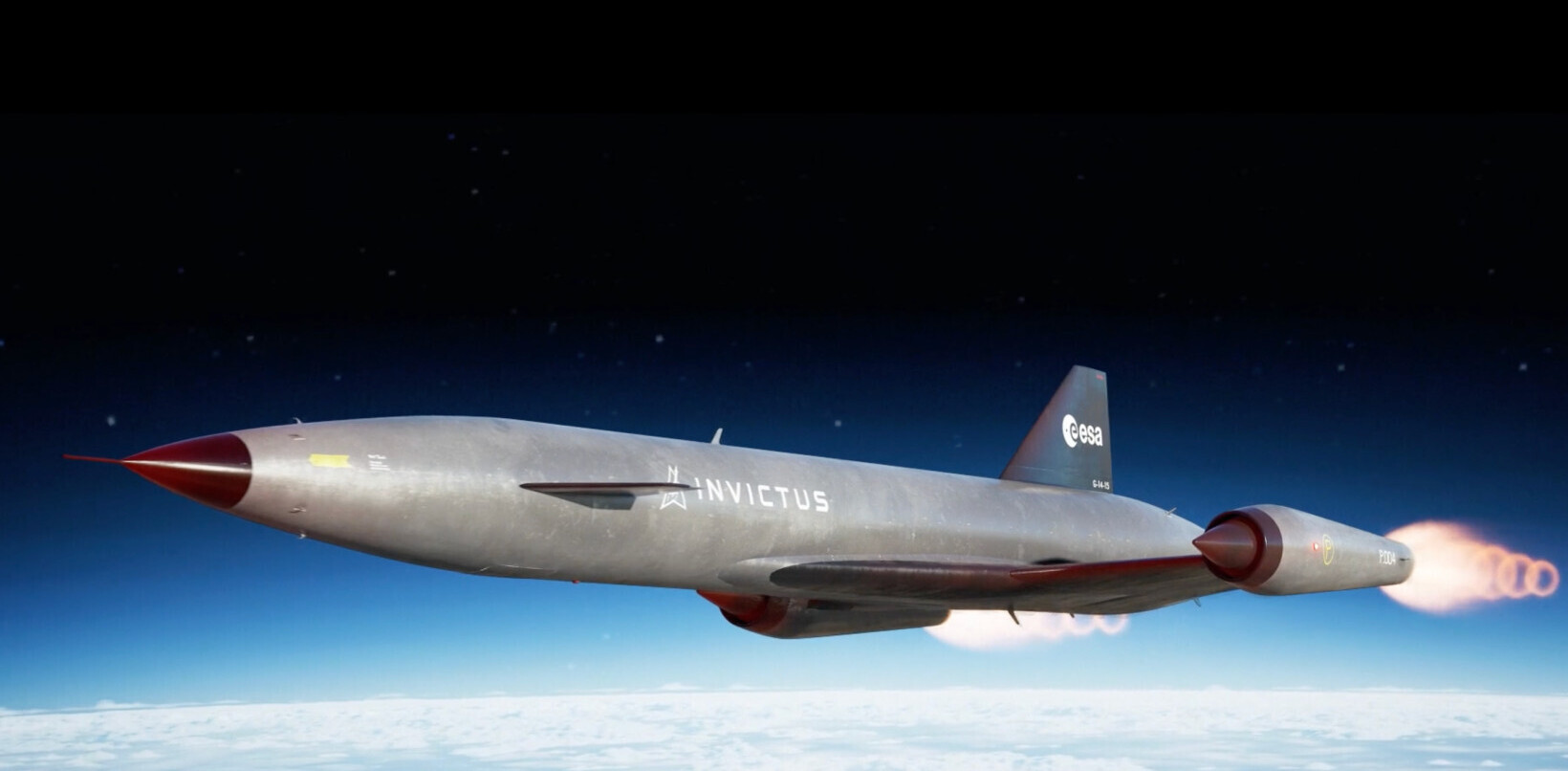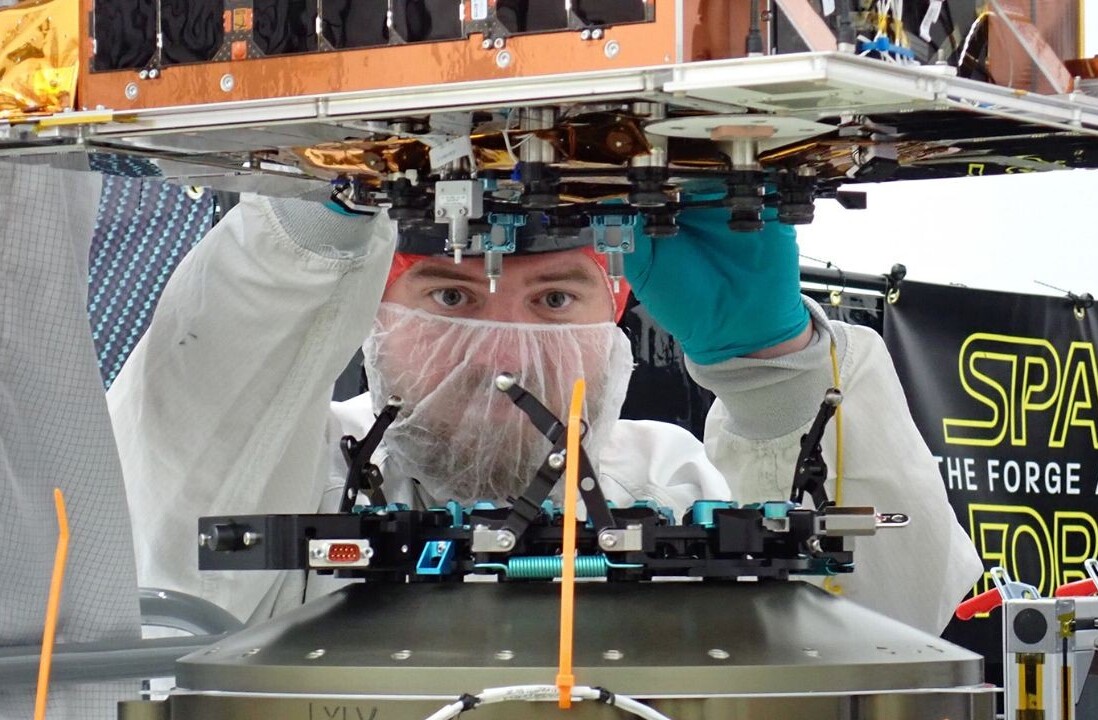
A first-of-its-kind study has proven that solar power farms in space are a viable option for renewable energy generation — paving the way for the potential commercial application of the technology. The experiment was carried out by a team of scientists from the University of Surrey and the University of Swansea in the UK.
Specifically, the researchers monitored the performance of solar panels installed on a satellite over a period of six years and 30,000 orbits. Notably, they found that it’s indeed feasible to produce low-cost and lightweight solar panels that can generate power in space.
“We are very pleased that a mission designed to last one year is still working after six,” said Professor Craig Underwood, Emeritus Professor of Spacecraft Engineering at the Surrey Space Centre at the University of Surrey. “These detailed data show the panels have resisted radiation and their thin-film structure has not deteriorated in the harsh thermal and vacuum conditions of space.”
For the study, scientists at the University of Swansey developed a novel type of solar cell technology using cadmium telluride. They claim that, compared to current alternatives, these panels can cover larger areas and are lighter, more powerful, and relatively cheap to produce.
Meanwhile, the University of Surrey developed the instruments that measured their performance in orbit. The satellite itself was designed and built at the Surrey Space Centre in collaboration with trainee engineers from the Algerian Space Agency (ASAL).

The data collected showed no cell delamination (a type of material failure) or deterioration, but the cell’s power output decreased in efficiency over time. Nevertheless, the researchers believe they have proven the “basic soundness” for the tech’s use in space.
“This ultra-low mass solar cell technology could lead to large, low-cost solar power stations deployed in space, bringing clean energy back to Earth — and now we have the first evidence that the technology works reliably in orbit,” noted Professor Underwood.
The idea of harnessing solar power from space and delivering it wirelessly back to Earth has been gaining traction in the past few years in response to the pressing climate crisis. Sunlight is on average over 10 times more intense at the top of the atmosphere than down on Earth, and leveraging its power from space would be more efficient compared to the weather-dependent and intermittent solar solutions on the ground.
While technological challenges still remain, numerous countries across the globe are pursuing the so-called space-based solar power (SBSP), with the European Space Agency (ESA) working on its own project, called Solaris.
Against this backdrop, the new study marks a pivotal moment in SBSP’s development. It is published in the journal Astra Astronautica.
Get the TNW newsletter
Get the most important tech news in your inbox each week.




